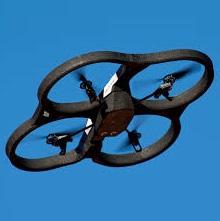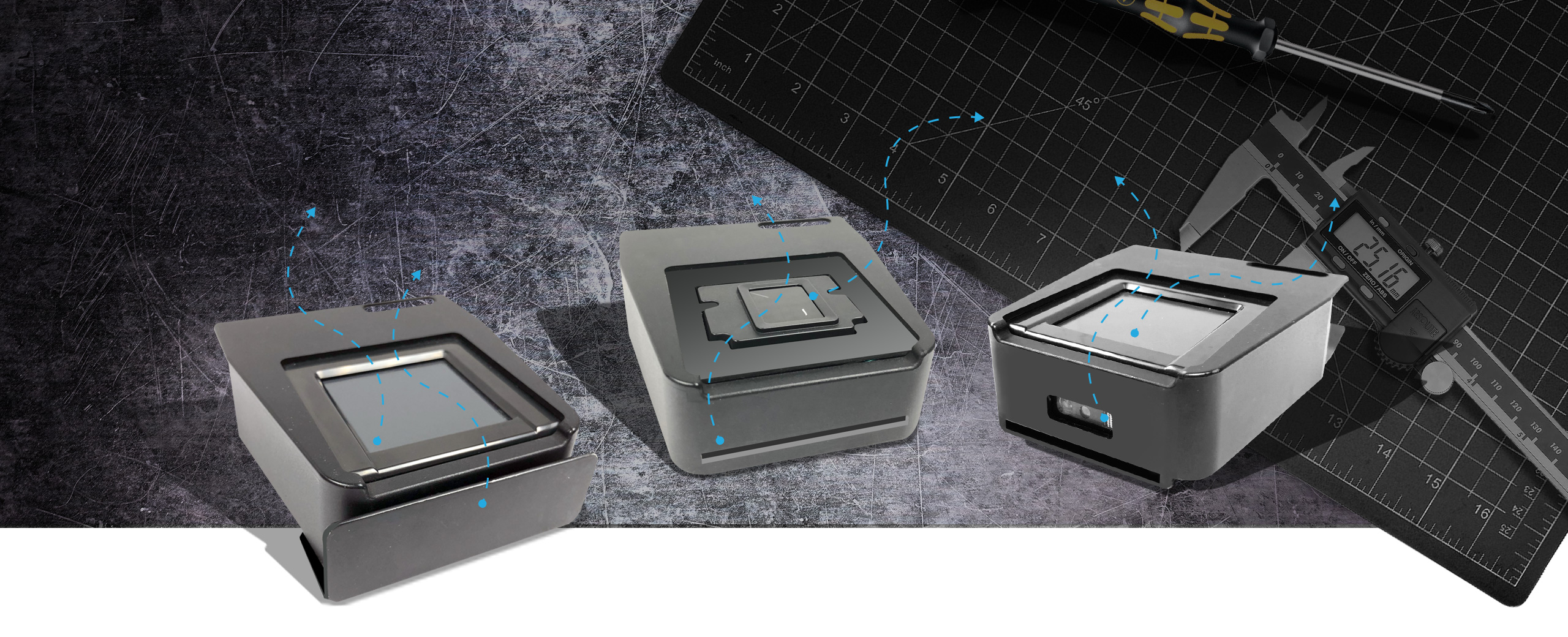Go to a solar energy conference, and much of the discussion will be about financing. Go to a meeting of national security professionals and you will hear about terrorism. Gather folks interested in unmanned systems – specifically Unmanned Aerial Vehicles (UAV) AKA drones – and you will hear endless talk about the Federal Aviation Administration (FAA).
So, it made sense that last November Robotics Business Review held a webinar on the FAA’s impact on drones. In 2012, Congress ordered the FAA to develop a comprehensive plan to safely integrate UAVs into the National Airspace System (NAS). This Congressional directive has had an interesting side-effect in that all across the country, law firms are adding unmanned divisions to deal with expected UAV regulations. We may think of UAVs as a technological challenge or as a business enterprise, but right now it is the legal environment that will determine their future.
Believe the hype
The first thing the webinar made clear is that the UAV market is exploding. See table below.
Two major factors are driving this incredible growth. First, the combination of the UAVs and cameras is magic. UAVs with cameras are used by:
- Farmers to determine which crops are getting enough water
- Engineers to inspect bridges, buildings, wind farms, oil rigs, power lines, cellular towers, and other parts of our infrastructure
- Firefighters to examine wildfires
- Realtors to photograph properties for sales
- Law enforcement to patrol borders & exert crowd control
- Filmmakers to capture shots that would be otherwise too expensive
- Roofers to check shingles
Secondly, UAVs are a relatively cheap package of hi-tech goodies. For $1000 to $4000, you can get not only a camera, but also a satellite connection, GPS, infrared sensors, sonar, as well as some autonomous capabilities. One of the seminars participants stated the concentration of technology in a UAV is comparable to that of a smartphone. For the amount of money involved, it’s a good value, and represents a low financial threshold for a pioneering innovator looking for a new disruptive application.
FAA & the law
Current law mandates that anyone who operates a UAV for business purposes needs a pilot license. This is absurd over qualification, and many expect it be changed in the near future. One of the webinar’s participants speculated that a simple low-fee brief online course will be all that is required.
Another current requirement is that a business operator of an UAV needs a Section 333 exemption. The FAA is understaffed, underfunded, and overworked, so the paperwork for this exemption can take 3 months. As you might expect, promoters of UAVs for business applications are chomping at the bit and are impatiently waiting for new regulations that will make their enterprises more practical.
Until recently, recreational users of UAVs needed to follow only a few simple rules. UAVs must:
- Fly within Line of Sight of the operator
- Fly below 400 feet
- Be kept 5 miles from airports
One of the biggest problems facing the FAA is that recreational users do not know about these rules, or simply ignore them. The webinar was full of cautionary tales of UAVs endangering aircraft thousands of feet in the air, hampering firefighting efforts, and interfering with airport operations.
Under proposed rules (that have been announced since the webinar), recreational operators will need to register their UAVs if it weighs between a half-pound and 55 pounds. The low end of this weight requirement has created some backlash. As one person put it, “You want me to register a toy when we don’t even register guns?”
Government regulations are good for business
While the new recreational rules stirred controversy, it is the business regulations that entrepreneurs are anxiously awaiting (since AMREL makes Operator Control Units for unmanned systems, we are among those keeping a close eye on this). While some may grouse about anti-business bureaucracies, there are solid reasons why the process is proceeding at a glacial pace.
The FAA was never designed to regulate UAVs. It oversees manned aircraft, and does a pretty good job at it. On any given day, there are over 7000 aircraft in American skies. Yet, accidents are so rare, that even a near-miss will make the news.
We may not like the intricate bureaucratic labyrinth that the FAA has weaved around air travel, but it has demonstrated its value. Without invasive government regulations, people would have no confidence in air travel, and that industry would be a fraction of what it is today.
So, it should be no surprise that the FAA would adopt a similar heavy-handed regulatory approach to UAVs, especially since they have proven problematic. Not only have UAVs endangered aircraft as mentioned above, but they have also rammed into skyscrapers, crashed into football games & tennis tournaments, interfered with police helicopters and have entered secure airspaces, such as the White House.
The good news is that the FAA is looking to business to help solve these problems. The advisory task force has such industry luminaries as SpaceX and Amazon. With the help of these big players, the FAA will eventually comply with Congress’ mandate and issue regulations that will integrate UAVs into the national airspace. When that happens, the Era of Business UAVs will have finally arrived.
Have inside information about this topic? An opinion? Inappropriate jokes?
Send them to editor@amrel.com







